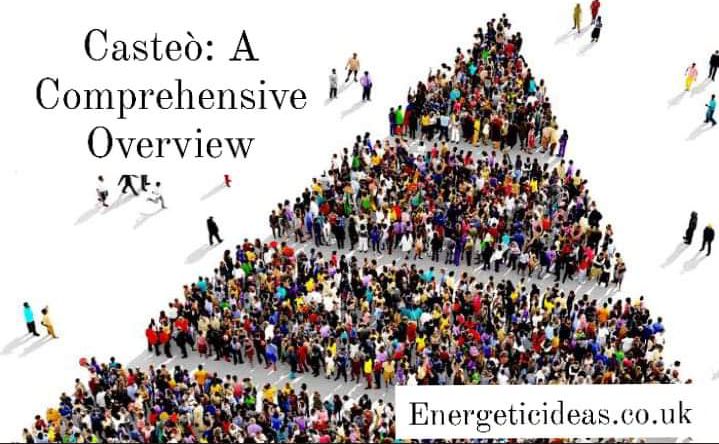Introduction
Casteò, a social structure deeply embedded in various cultures worldwide, holds significant historical, cultural, and sociological importance. This intricate system has played a pivotal role in shaping societies, often influencing individuals’ lives in multifaceted ways.
Origins and Historical Context
The roots of the caste system can be traced back to ancient civilizations, notably in India, where it was initially conceptualized based on occupations and social hierarchies. Over time, this system expanded and evolved, influencing not only Indian society but also several others across continents.
Components of the Casteò System
1. Hierarchical Structure
Casteò systems typically exhibit a hierarchical structure, dividing society into distinct groups with varying levels of social status, privileges, and access to resources.
2. Social Roles and Occupations
Occupations and social roles are often predetermined by one’s Casteò, leading to a division of labor and societal functions based on these assignments.
3. Cultural and Religious Significance
Casteò often intersects with cultural and religious practices, influencing rituals, traditions, and even marriage alliances within communities.
Also Read This: Drink Champs: Happy Hour Episode 4 – Conversations & Libations!
Impact on Society and Individuals

1. Social Discrimination and Marginalization
The rigidity of the Casteò system has led to discrimination and marginalization of certain groups, restricting their opportunities and perpetuating social disparities.
2. Psychological Effects
Individuals often internalize their Casteò identity, impacting their self-perception and interactions within society, sometimes leading to a sense of inferiority or superiority.
3. Legal and Sociopolitical Reforms
Various societies have attempted legal and sociopolitical reforms to address the inequalities stemming from the Casteò system, aiming to create more equitable opportunities for all individuals.
Global Perspectives on Casteò
Casteò systems exist beyond the Indian subcontinent, manifesting in different forms across diverse cultures worldwide. Understanding these variations provides insights into the complexities of social structures globally.
Conclusion
Casteò remains a complex and multifaceted social construct that has shaped societies for centuries. While its influence persists, efforts towards understanding, acknowledging, and reforming this system continue to be vital for fostering more inclusive and equitable societies worldwide.
